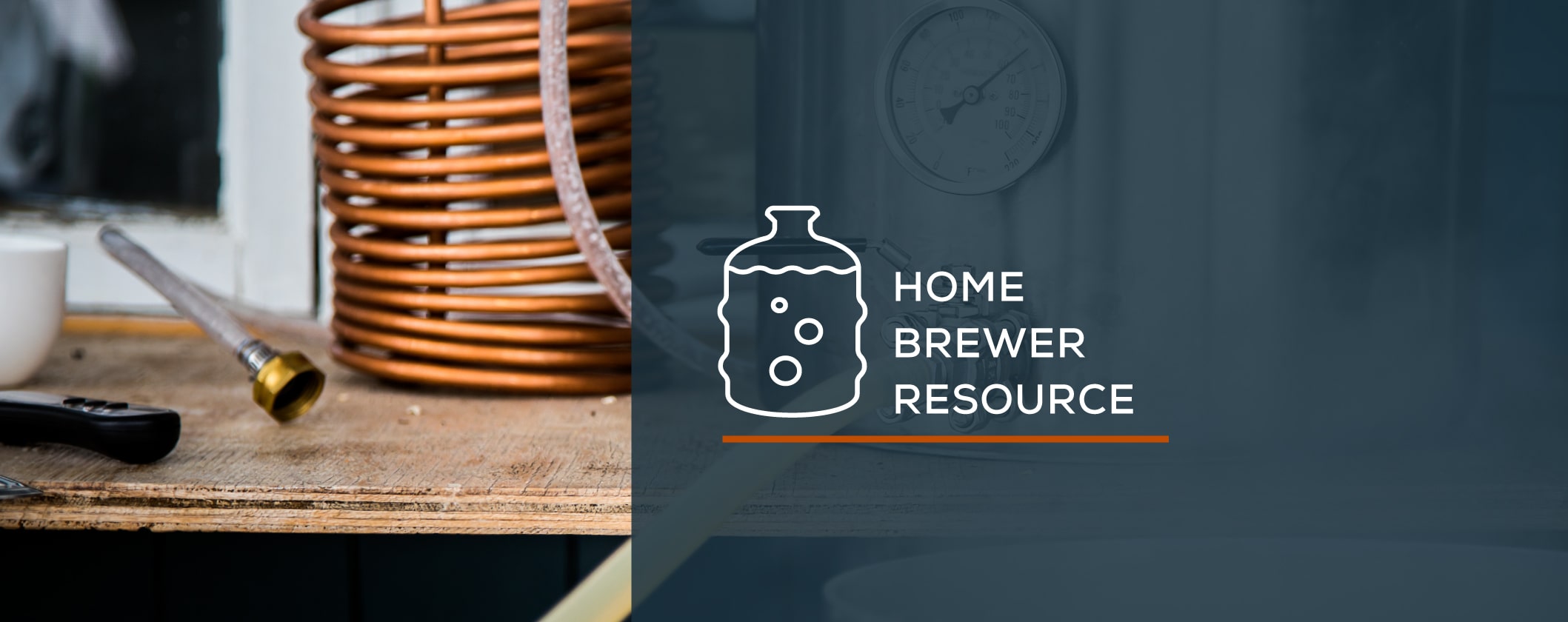Pitch Rate

WHAT IS “PITCH RATE”?
The term pitch rate refers to the amount of yeast that is added to cooled wort. Pitch rate is generally referred to in cells per milliliter.
DO YOU KNOW HOW MUCH YEAST YOU ARE PITCHING?
Consistent and reproducible fermentations are not possible without consistent and adequate pitch rates. Quantity of yeast added to the carboy or fermenter will affect every aspect of your finished product, from attenuation level, to flavor and aroma profile, to clarification.
ACTIVATOR PACKAGE:
The Wyeast Activator Smack Pack is designed to directly inoculate 5 gallons (19 L) of standard ale wort (O.G. <1.060) at the correct pitch rate for reliable, consistent brewing. When brewing high gravity beer (O.G. >1.060) or cold fermented lagers or ales (<65 °F/<18 °C) additional yeast will be required. An Activator contains a minimum of 100 billion viable cells which will deliver approximately 6 million cells per milliliter to a 5 gallon (19 L) batch of beer. Brew like the professionals by following the pitch rate charts below.
HOW MUCH YEAST DO I NEED?
The quantity of yeast needed varies for style of beer and yeast strain to be used. Original gravity and temperature are also major factors. When the original gravity increases, the amount of yeast added also needs to increase (see High Gravity Brewing for more information). For lagers that are fermenting cold, the pitch rate needs to increase (see Lager Brewing for more information).
The following chart outlines recommended pitch rates based on specific wort and fermentation conditions.
STANDARD PITCHING RATES:
Click chart to view full size.
 HOW DOES PITCH RATE AFFECT MY BEER?
HOW DOES PITCH RATE AFFECT MY BEER?
Pitch rates make a dramatic difference in the final flavor and aroma profile of any beer. Ester production is directly related to yeast growth as are most other flavor and aroma compounds.
A low pitch rate can lead to:
- Excess levels of diacetyl
- Greater levels of diacetyl and 2,3 pentanedione (VDK component)
- Increase in higher/fusel alcohol formation
- Increase in ester formation
- Increase in volatile sulfur compounds
- High terminal gravities
- Stuck fermentations
- Increased risk of infection
- Intensifies or accentuates hoppy aroma
High pitch rates can lead to:
- Very low ester production
- Very fast fermentations
- Thin or lacking body/mouthfeel
- Autolysis (Yeasty flavors due to lysing of cells)
- Low yeast viability
- Low IBU levels
- Greater alcohol yield
- Higher yeast cell count
- Higher percentage of old cells in harvested slurry
CAN I RE-USE MY YEAST?
Yeast can be re-used – also known as harvesting and repitching – by homebrewers but caution must be exercised. Good sanitation and brewing techniques are vital precursors to harvesting and repitching yeast. Small levels of contamination can become very large problems with subsequent pitching. The following are guidelines that should be followed:
- Never harvest yeast from a high gravity fermentation (greater than 1.065 original gravity).
- Never harvest yeast from an irregular fermentation (long lag-time, long fermentation, poor clearing, high terminal gravity, etc.)
- Never harvest yeast from a fermentation with off flavors and aromas (excess diacetyl, phenols, sulfur compounds, etc.)
- Never harvest and repitch yeast if you are not confident in your sanitation and brewing practices.
- Do not store yeast for long periods before repitching (longer than 2 weeks typically).
HOW MUCH HARVESTED YEAST DO I REPITCH?
Accurately repitching yeast is a difficult task for a homebrewer. Due to stresses from fermentation conditions, harvested slurry is typically in a less healthy condition than laboratory grade culture. Pitch rates when using harvested slurry should be 1.5-2 times the rate of laboratory grade culture (see Standard Pitching Rates Chart above).
Harvested slurry is typically in the 40% to 60% solids range. A homebrewer can make a rough estimation by allowing the harvested yeast to settle from suspension and estimate the percent solids. Combined with consideration for all other factors involved (trub content, age of yeast, strain, original gravity, etc.), homebrewers can strategically repitch yeast and improve their technique through practice.


